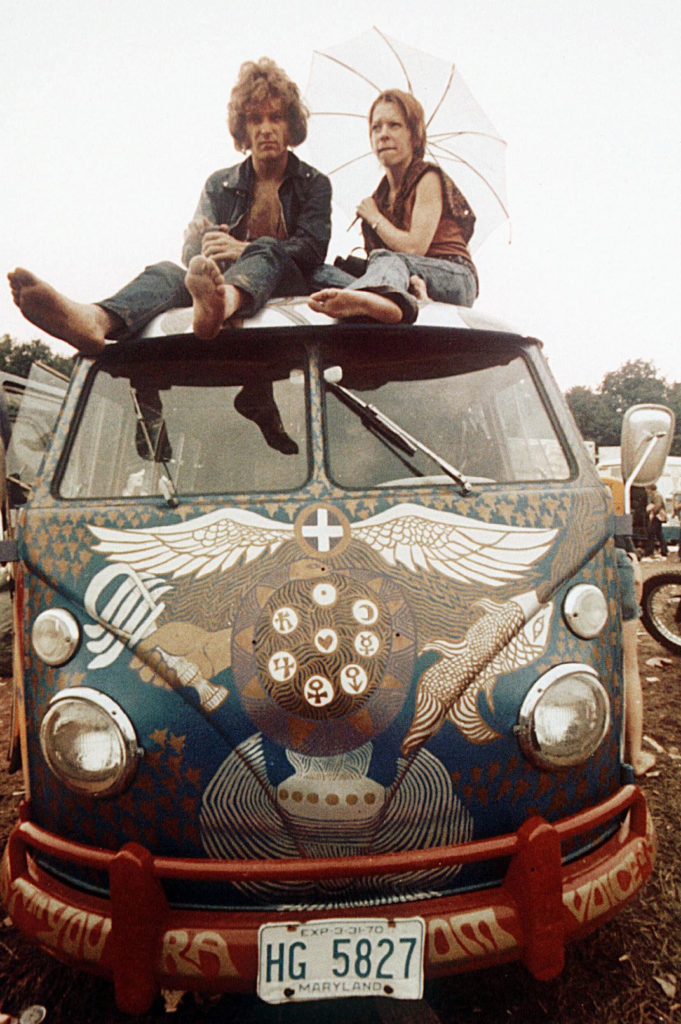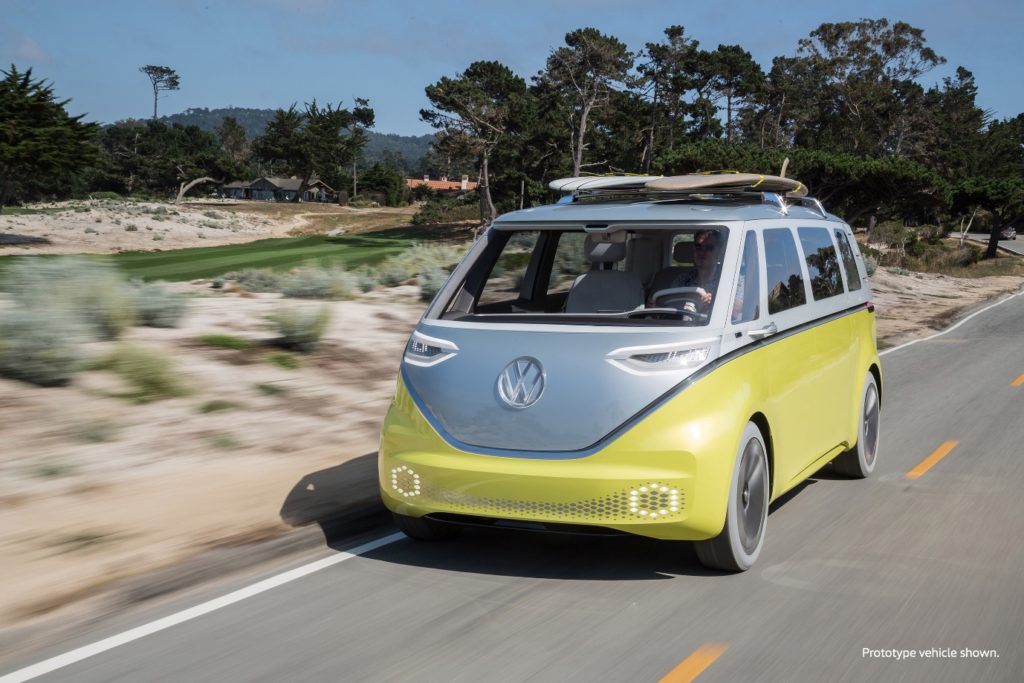The story of a legendary box on wheels that represented freedom
Author: Quintessential off Roader
VW microbus camper is a ubiquitous feature of the festival season where ever the overlanders meet up. Considered both cute and cool at the same time, the VW microbus can be wholesomely credited to starting the van life culture across the world. Here is the story of the VW microbus revolution.
The Origin
The original VW van–sometimes known as the Type 2 (the Beetle was Type 1)–changed all this by shifting its air-cooled engine to the back altogether, allowing the driver and passenger to enjoy a relatively spacious compartment without much engine noise or engine heat. It came about only because of a suggestion and accompanying drawings made in 1947 by Dutch VW importer Ben Pon which imagined a cargo-carrying vehicle or transporter on the chassis of the VW Beetle. The T2 made its debut at the 1949 Geneva Motor Show and went on sale the following year. The VW Microbus was born and the rest as we know is history.
The microbus was so new and so original when it burst upon the scene that more than a decade would pass before any real competitor showed up for nearly a decade. It was embraced by surfers, hippies, campers and anyone that appreciated the simplicity, efficiency, and adventure. This cheap, durable, economical, comfortable vehicle spread all over the world, gaining a following everywhere it went. The T2 thrummed along accompanied by its distinctive VW beat, effortlessly cruising at 90kph, carrying up to a ton of men & material little more than itself. While the rear-mounted engine provided impressive traction on sand & snow, all-wheel independent suspension provided a smooth ride over varied surfaces. Its popularity reached the point where VW decided to produce it in more countries, including Australia, Argentina, and Brazil. Production continued in Latin America well over four decades!
The Symbol of a Cultural Revolution
The VW Type 2, in all its guises, became closely associated with the hippie movement through the 1960s and 1970s, and with the progressive intellectual concepts of the time. An image was built that lasts till today. Mention the word “hippie van”, and no one thinks of a Toyota. The image that comes to mind is a flower-adorned VW camper with big eyes, being driven down a coastal highway in California by counterculture types in flared trousers, playing guitars and nursing impossible hairdos on beaches south of San Francisco. Driving a Type 2 meant being a rebel, and so it came about that the Type 2 spirit remains very much alive and valued among festival-goers, middle-class enthusiasts and collectors alike. Its boxy appearance—so unlike anything the major auto manufacturers in Detroit were producing—became a symbol for counterculture types, who wanted to stand out from the rest of the crowd. Some owners painted peace signs on the Microbus, earning it the nickname “hippie bus.” Millions were made, but eventually, the social revolution subsided and so did interest in the vehicle. Production ceased in 2014.

Victim of own success
VW has never quite managed to rekindle the concept; Type 2 has been a hard act to follow for its maker as well as its rivals. The recently launched VW California version (based on a VW Transporter van) attempts to address this very need. While California is a refined & quality vehicle, frankly it is rather dull to look at & doesn’t quite evoke the type 2 feeling. However, to its credit, it does make an honest attempt to address the campervan culture by way of providing full factory motorhome solution, just like they did back in 1956 when the first VW Westphalia campers were exported to the United States.
New Beginning
All is not lost. VW knows the classic microbus is having a bit of a moment and the counterculture symbol is about to make a comeback in 2022—as an electric vehicle. At the North American International Auto Show in January, the company showed the world a very handsome and production-feasible microbus concept—the all-electric I.D. Buzz. If fans have their way, we might see a version of this electric vehicle reinventing this icon of simplicity for a new century.
Regardless of its origins, the VW Microbus marks its 71st anniversary as both an icon and mode of transportation. The first vehicle went into production March 8, 1950, at a Volkswagen plant in West Germany, and changed the way the world looked at cars.
While the electric microbus is still some time away, the original microbus will keep rocking for decades to come.





